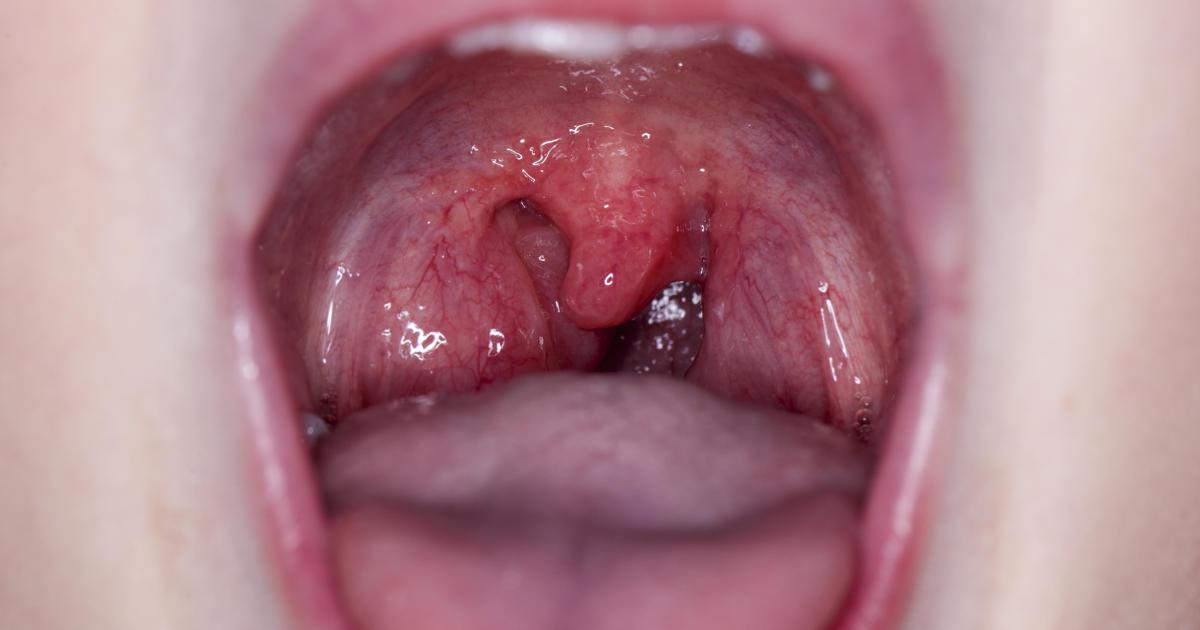Guide To Treating Esophageal Achalasia
Esophageal achalasia is a medical condition in which the sphincter between the stomach and the esophagus, the tube that directs food to the stomach, doesn’t work. This sphincter is called the lower esophageal sphincter (LES). Unlike in gastroesophageal reflux disease (GERD), where the LES opens up when it is not supposed to, the sphincter in esophageal achalasia remains shut even when the person is eating, causing food to back up into the esophagus. There are several causes of esophageal achalasia, and a doctor may have trouble pinpointing the specific cause in a specific patient. In some patients, it is a complication of an autoimmune disease. In other cases, it can happen because of damage to the lower esophageal sphincter, viruses, or damage to nerves in the patient’s esophagus. Get to know the best ways to treat esophageal achalasia now.
Muscle Relaxants

Some doctors give patients smooth muscle relaxants, such as calcium channel blockers and long-acting nitrates, to help open their lower esophageal sphincter. Calcium channel blockers interrupt calcium entering the cells, especially those of the heart, arteries, and veins, and are most often used to treat high blood pressure, angina, and arrhythmias. One of the most popular of the calcium channel blockers for esophageal achalasia is nifedipine, which is placed under the tongue and then quickly absorbed into the body. It works within forty-five minutes, so patients typically take it forty-five minutes before they eat or go to bed. Long-acting nitrates are most often used to reduce the number of a patient’s angina attacks. A long-acting nitrate called isosorbide is also placed under the tongue and works even faster than nifedipine, but its effects don’t last as long. Botox is sometimes used as a muscle relaxant to treat esophageal achalasia as well.
Continue reading to learn about the next method of treating esophageal achalasia.
Pneumatic Dilation

Pneumatic dilation is an outpatient technique performed by an endoscopist where the lower esophageal sphincter is forced open by a balloon. During pneumatic dilation, the doctor threads a catheter attached to a deflated balloon down into the stomach. Using an X-ray for guidance, they make sure the balloon is positioned over the LES then inflate the balloon until it is about thirty to forty millimeters in diameter. This forces the muscle fibers in the esophagus to stretch and allows food to pass down into the stomach. The patient can return for more treatment if the first session doesn’t relieve their symptoms.
Get to know more ways in which esophageal achalasia can be treated effectively now.
Heller Myotomy

Heller myotomy is a minimally invasive type of surgery. During the procedure, the doctor uses a tiny camera and miniaturized surgical tools, and while the patient is under general anesthesia, they make small incisions in their abdomen. When the doctor finds the esophagus, they make a vertical incision that begins above the lower esophageal sphincter and descends a short distance into the stomach. Guided by a monitor, the surgeon only incises the top layers of the esophagus to free the muscle. Because the surgery is minimally invasive, the patient only needs to spend a night or two in the hospital, recovers more rapidly and has less pain than they would have if they’d had open surgery on their abdomen or chest.
Reveal the next treatment for esophageal achalasia now.
Fundoplication

One of the risks of myotomy is acid reflux, which is when the opened esophageal sphincter allows the stomach contents to backwash into the esophagus, causing heartburn. One way to treat this is fundoplication. There are several types of this procedure, but the most popular type surgeons use with myotomy is anterior. In this operation, the upper, curved area of the stomach called the fundus is sutured over the front of the patient’s esophagus, so whenever the stomach contracts it automatically shuts the esophagus. In posterior, or Toupet fundoplication, the fundus is stitched at the back of the esophagus. The Nissan operation wraps the fundus all the way around the esophagus, but this isn’t usually done for patients with esophageal achalasia.
Learn more about how to treat esophageal achalasia now.
Peroral Endoscopic Myotomy

Another type of myotomy to treat esophageal achalasia is peroral endoscopic myotomy. Also called POEM, it is also an endoscopic procedure. While the patient is under general anesthesia, the doctor inserts the endoscope into their mouth and eases it into the esophagus. Once there, the doctor uses small surgical instruments to make incisions in the inside lining of the esophagus. The endoscope is then inserted into the wall of the esophagus. Guided by a monitor attached to the endoscope, the doctor incises the muscle near the bottom of the lower esophageal sphincter. The endoscope and instruments are then withdrawn, and the first incision is closed with endoscopic clips.
